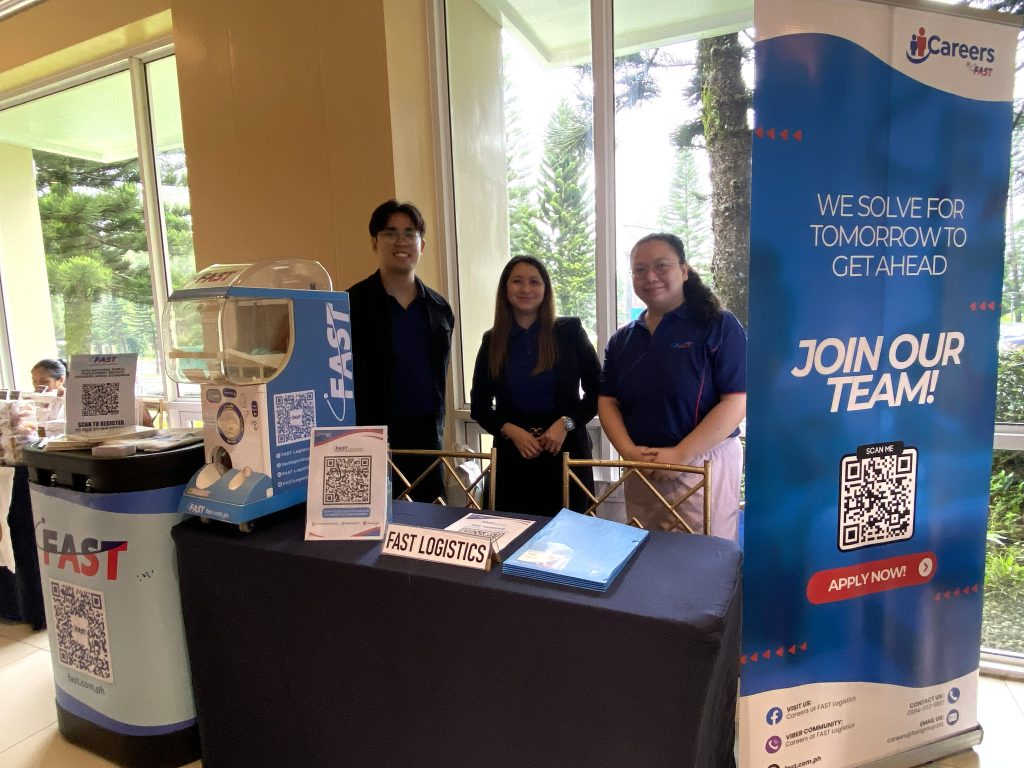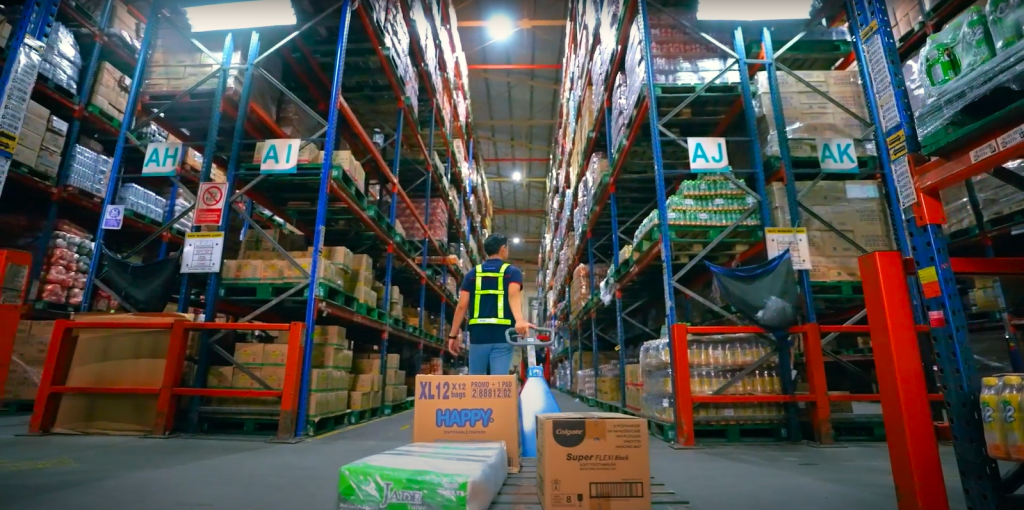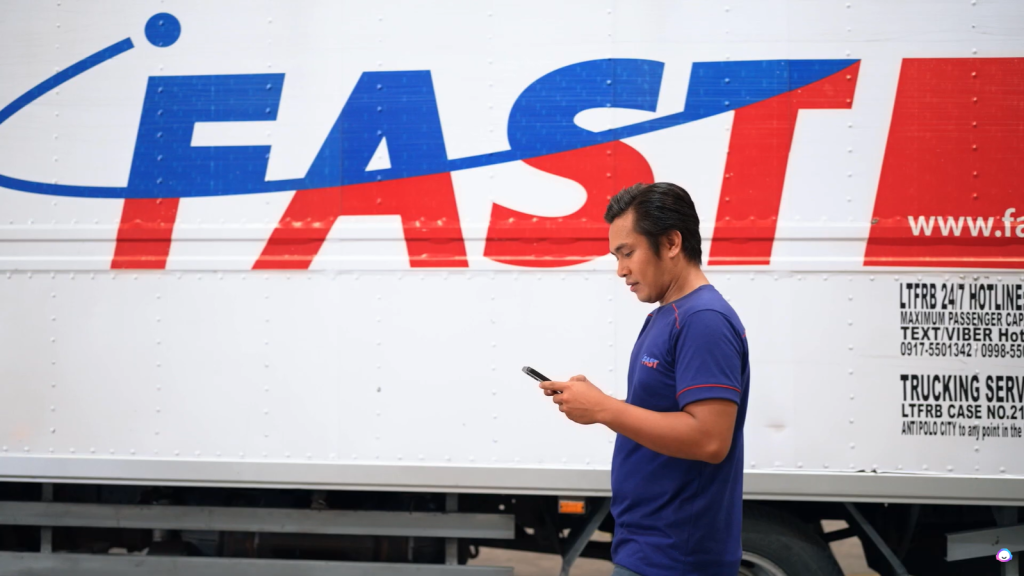
Running a successful logistics operation demands more than just skill and experience. Businesses and companies need the right tools to streamline processes, enhance efficiency, and ensure customer satisfaction. Implementing advanced software solutions and embracing data analytics can significantly improve decision-making and logistics performance.
Among the important tools is the Transport Management System, a full suite of software solutions that provide real-time visibility into shipments and facilitate better communication among those involved in transport operations. Organizations may decide to either build a custom Transport Management System tailored to their specific needs or take advantage of a pre-built solution from a logistics provider that can be quickly implemented.
How do you select the right Transport Management System for your business? Should companies develop their own TMS or integrate an off-the-shelf solution? Weighing the pros and cons of each approach can help supply chain professionals and business owners find the best fit for their needs and resources and make a well-informed decision.
What is a Transport Management System
A Transport Management System or TMS is a crucial software tool for modern logistics operations. It offers end-to-end visibility into shipments, from the point of origin to the end customer. A TMS helps logistics companies, service providers, and businesses streamline and automate their processes while reducing the risk of errors and improving customer satisfaction with better on-time-in-full rates and communication. This makes TMS an indispensable part of the supply chain process for effective transport management.
As supply chain disruptions such as typhoons and heavy traffic, continuous innovation and digital systems are essential for overcoming market obstacles. Some companies may thus opt to develop an in-house software solution, but it can be daunting especially if software development isn’t their primary focus.
Conversely, a pre-built TMS is a ready-to-use software solution developed by vendors or third-party providers that offers comprehensive features for managing and optimizing transportation and logistics operations. These systems come with standard functionalities such as real-time tracking, route optimization, shipment management, and reporting tools, and are designed to be quickly implemented and integrated into existing business processes. Pre-built TMS solutions are typically scalable and customizable to some extent, providing businesses with an efficient and cost-effective way to enhance their logistics management without the need for extensive in-house development.
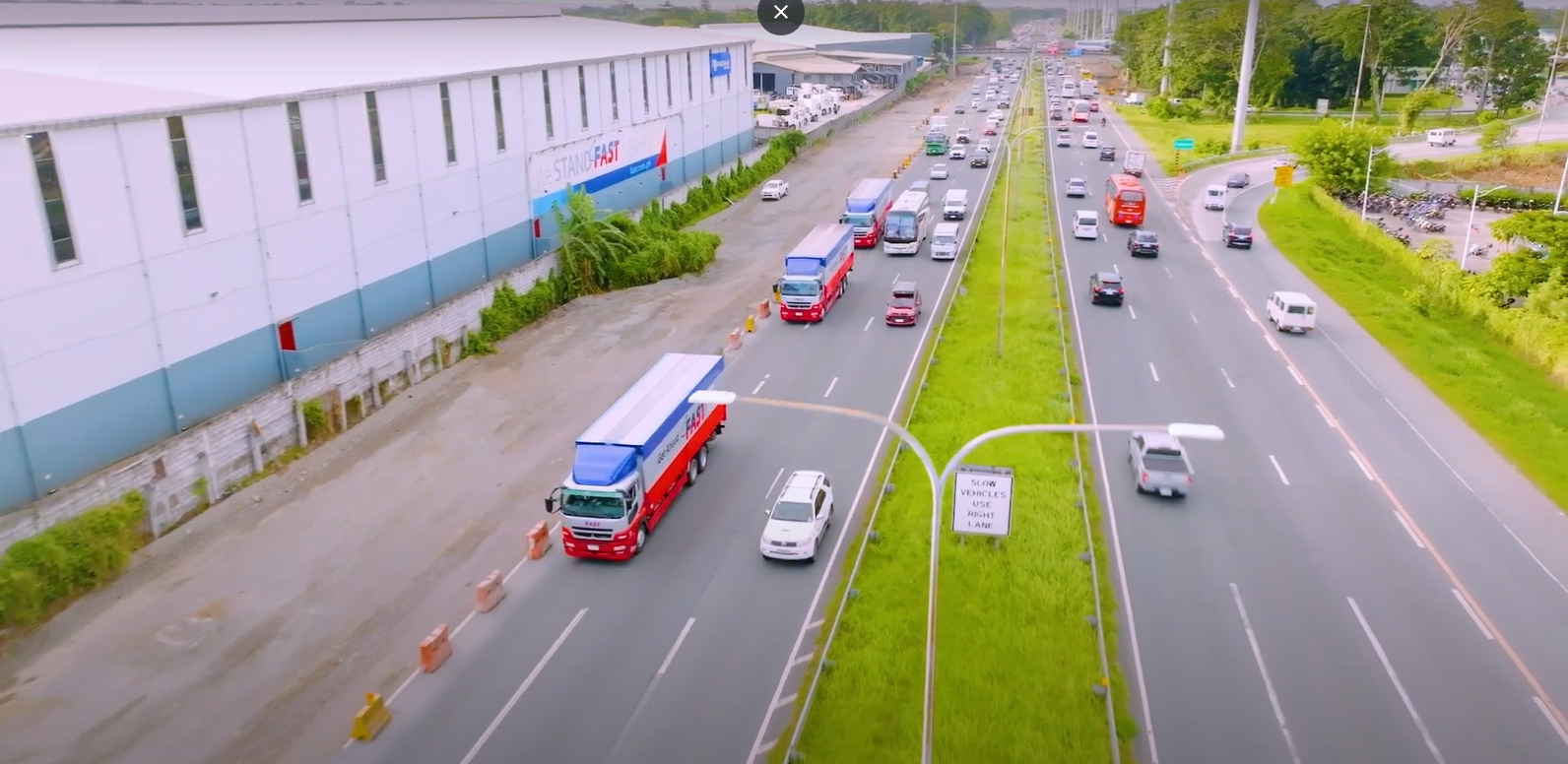
What is Effective Transport Management
Before delving into the build versus buy decision, it is essential to first understand what constitutes effective transport management. A good transport management system should provide end-to-end visibility through all stages of the supply chain, from order placement to final delivery. This includes real-time tracking of shipments, route optimization, truckload utilization, and providing estimated time of arrival for deliveries and proof of delivery. Effective transport management also involves automating processes and reducing manual workloads and human error.
With management software tools such as TMS, businesses can achieve greater efficiency, improve customer satisfaction, and reduce operational costs by ensuring seamless coordination across the entire logistics network. It should also integrate easily with other systems to create a seamless flow of data across the entire logistics operation.
Why Do Organizations Prefer to Build Their Software
Some organizations prefer to build their software in-house rather than relying on off-the-shelf solutions. Here are some of the reasons why.
Control
For many companies, control is a significant factor in deciding to build their software. They believe that an in-house solution allows them to determine which features to deploy and prioritize. Companies fear that they may end up with a one-size-fits-all product or pre-built solution that does not fully meet their unique requirements, leading to potential inefficiencies and missed opportunities for optimization and growth.
Tailored Solutions
Custom software can be specifically designed to meet the unique needs and challenges of an organization, ensuring a perfect fit with its operational processes. This level of customization allows businesses to streamline their workflows, optimize efficiency, and enhance productivity. By tailoring software solutions to address specialized requirements, organizations can achieve better alignment with their strategic goals and improve overall performance.
Flexibility and Scalability
Building their software allows companies to create highly scalable solutions that can evolve in tandem with their business objectives and growth trajectories. This may empower them to adapt to changes in volume, complexity, or market demands. As a result, businesses can quickly implement updates and modifications, ensuring that the software remains not only functional but also relevant and effective as the company scales.
Challenges of Self-Built TMS Solutions
Building and utilizing an in-house Transportation Management System can be an appealing option for companies looking to tailor their logistics and transportation network operations to specific needs. However, this comes with some challenges that can hinder progress for some organizations.
High Initial Development Costs
Building a Transportation Management System or TMS from scratch necessitates a substantial investment in development resources. This includes not just software engineers who will write and optimize the code, but also project managers to oversee the development process, and designers to create an intuitive user interface.
While creating your solution may appear to be a more economical choice compared to the recurring expense of a software license, the reality is that the costs can accumulate significantly over time. In-house software requires expenses related to supporting, maintaining, and upgrading the software. Each of these phases requires dedicated resources and can strain budgets, potentially hindering overall productivity and innovation in your core business activities.
Time-Consuming Development Process
Developing a custom TMS can take months or even years, significantly delaying the benefits that the system is intended to deliver. This extended timeline often means that businesses will have to wait long periods before they can leverage the efficiencies and improvements in logistics that a well-designed TMS can provide.
Consequently, this can be a substantial drawback, particularly when businesses are facing immediate challenges that require prompt solutions. In today’s fast-paced market, the inability to quickly implement effective systems can hinder a company’s competitiveness and responsiveness to meet customer demands.
Complexity in Design and Implementation
TMS solutions must be capable of managing complex logistics operations, including route optimization, transportation planning, and load planning. These tasks are integral to ensuring efficient and cost-effective transport management, especially in environments with high volumes and diverse logistical challenges.
Designing and implementing these features, however, can be particularly challenging. It requires specialized expertise in both software development and logistics management systems, making it essential for businesses to carefully consider their approach when integrating or developing a TMS.
Maintenance and Updates
Self-built solutions often require ongoing maintenance, which encompasses a variety of essential tasks such as bug fixes, regular updates, and feature enhancements to keep the system running smoothly and efficiently. This continuous effort can place a significant strain on internal resources over time, as teams may find themselves dedicating more time and energy to maintaining the solution rather than focusing on other strategic initiatives that could drive growth and innovation within the organization.
Furthermore, as technology evolves at a rapid pace, staying updated with new advancements and ensuring compatibility with emerging systems can present additional challenges. This not only demands skilled personnel but also incurs costs related to training, software upgrades, and potential system overhauls, making it crucial for organizations to weigh the long-term implications of developing in-house solutions.
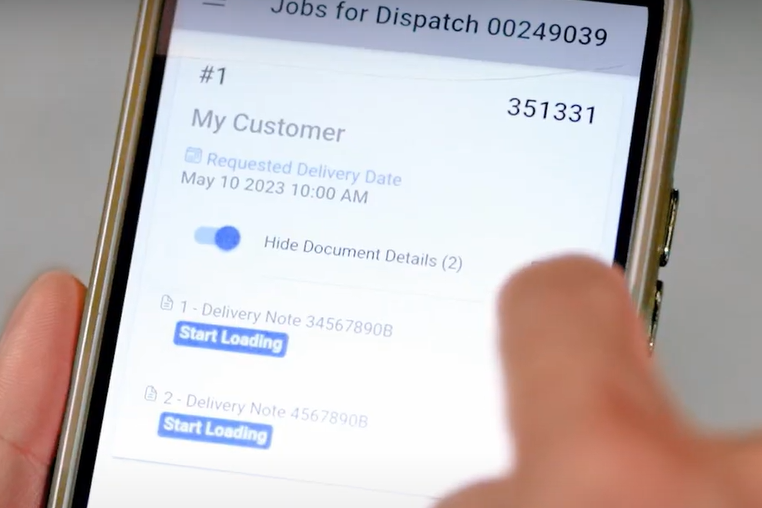
How FAST Can Address Your TMS Needs
FAST Logistics Group utilizes a Transport Management System, a full suite of software solutions designed to enhance efficiency and connectivity across transport operations. It serves as the all-in-one logistics platform to manage the movement of goods within the supply chain, from warehouses to end customers. It automates and streamlines every stage of the transportation process including planning, execution, control, monitoring, and analysis.
FAST TMS houses four applications, namely AI Planner, Control Tower, Truckers App, and Driver App. With these apps, FAST enhances route efficiency and truckload utilization, reduces operational costs, and ensures timely deliveries to meet customer demands.
It also provides companies with real-time visibility, which enables immediate decision-making and swift resolution of potential disruptions. The system also provides truck drivers with real-time updates on the road, empowering them to stay informed about hazards and other crucial information while in transit.
FAST operates the largest trucking fleet in the Philippines, ensuring that clients and customers benefit from the seamless integration and advanced capabilities of the TMS, resulting in optimized transport operations and improved service reliability.
Learn more about FAST TMS in the video below.
Benefits of Integrating Pre-Built TMS
Investing in a TMS can significantly enhance the efficiency and effectiveness of your logistics operations. Here’s how businesses and organizations benefit from pre-built TMS developed by third-party providers or logistics companies.
Faster Implementation
Purchased TMS are typically ready to deploy, enabling businesses to start reaping the benefits of the system much sooner than if they opted to develop it in-house. This immediate availability not only accelerates the integration process but also allows organizations to leverage the latest advancements in technology as they become available, without the frustration of lengthy development cycles.
In addition, these solutions often come with built-in support and regular updates, ensuring that companies can stay competitive and efficient in a rapidly evolving marketplace. By working with a TMS provider, businesses can focus their resources on core activities while quickly adapting to new features and functionalities that enhance their supply chain operations.
Proven Functionality
TMS solutions employed by logistics companies are meticulously designed and rigorously tested by industry experts, ensuring they possess the robust functionality and performance required to manage operations. It means most transportation management software are capable of route planning and optimization and real-time tracking.
With advanced features and user-friendly interfaces, these solutions empower businesses to streamline their supply chain processes, improve operational efficiency, and ultimately enhance customer satisfaction, leaving complex processes to professionals. Organizations can therefore trust that their TMS will adapt to evolving industry demands and support their growth.
User Community and Knowledge Base
Purchased TMS solutions often come with access to a broad user community and extensive documentation, which can be invaluable resources for businesses. This network not only offers additional support through forums and user groups but also facilitates the sharing of best practices, tips, and troubleshooting advice among users.
By leveraging the collective knowledge of the community, businesses can enhance their understanding of the system and discover innovative ways to utilize its features. This collaborative environment helps organizations maximize the benefits of their TMS, leading to improved efficiency, streamlined processes, better customer service, and ultimately, greater success in their logistics operations.
Reduced IT Burden
Outsourcing the development and maintenance of a Transportation Management System to a specialized vendor allows internal IT teams to focus on strategic initiatives that drive growth and innovation. This approach frees up valuable resources and enables the organization to leverage the expertise of professionals dedicated to managing the complexities of TMS, ensuring a more efficient and effective system.
As a result, companies can concentrate on core business activities, such as enhancing customer service, optimizing operations, and exploring new market opportunities. By allowing experts to handle the technical aspects of the TMS, your organization can maintain a sharper focus on its primary objectives, ultimately fostering growth and competitive advantage.
Faster Response to Industry Changes
Logistics providers often update their TMS solutions to keep pace with evolving transportation intelligence, industry trends, and regulatory changes, ensuring that your system remains competitive and compliant in a fast-moving market. These updates typically include enhancements in functionality, user interface improvements, and the integration of advanced technologies such as artificial intelligence and machine learning.
This responsiveness allows businesses to adapt quickly to new developments and boost efficiency. Staying current with TMS updates is crucial for maintaining a strategic edge in logistics and supply chain management.
What Happens When Businesses Don’t Use TMS
When businesses do not use TMS, they often face significant challenges in managing their logistics and transportation operations. Without a TMS, companies may struggle with inefficient route planning, leading to higher transportation costs and longer delivery times. The lack of real-time tracking and visibility can result in poor communication with stakeholders and difficulties in managing unexpected disruptions or delays. Additionally, manual processes for managing shipments and paperwork can increase the risk of errors, leading to inaccuracies in inventory management and customer dissatisfaction.
Furthermore, businesses without a TMS may miss out on valuable data and insights that are crucial for making informed decisions. Without the advanced analytics provided by a TMS, companies may find it difficult to optimize their supply chain performance and identify areas for improvement. This can hinder their ability to respond to market changes and competitive pressures effectively, ultimately impacting their overall efficiency and profitability. In contrast, leveraging a TMS can streamline operations, enhance visibility, and provide actionable insights to drive growth and operational excellence.
How to Choose a TMS
Selecting the best TMS solution can be overwhelming. Here are some key considerations and steps to help you make an informed decision when selecting the right TMS for your needs.
Industry Expertise
When selecting a provider of logistics platform, it is crucial to choose one with a deep understanding of the Philippine supply chain landscape. Their experience should align with your specific sector and demonstrate a proven track record of success in dealing with similar challenges faced by businesses like yours.
Industry leaders can help you effectively address your unique challenges, whether they involve optimizing transportation routes, managing inventory levels, end-to-end visibility, or ensuring timely deliveries. A knowledgeable partner can offer valuable insights and tailored solutions that will enhance your operational efficiency and ultimately contribute to your business’s growth and success.
Comprehensive Features
When selecting TMS software for your business, it’s crucial to ensure that it includes all the essential features tailored to your specific needs. Key functionalities to look for include route planning and optimization, which helps in planning the most efficient routes and paths for deliveries, and load planning, which maximizes cargo space utilization.
Additionally, the best software tools streamline communication and processes among those involved in the transport process. These systems should also provide you with advanced analytics and reporting features to help you make data-driven decisions and enhance overall productivity.
User-Friendly Interface
The software should be intuitive and easy to use, minimizing the learning curve for your team and significantly reducing the need for extensive training sessions. An intuitive design allows users to quickly familiarize themselves with the features, enhancing their confidence and productivity right from the start.
Moreover, a user-friendly interface ensures effective use across various tasks and projects, ultimately leading to better collaboration and outcomes. By prioritizing usability, you empower your team to focus on their core responsibilities rather than getting bogged down by complicated software.
Vendor Reputation and Customer Experience
Thoroughly researching the provider’s reputation in the industry is vital for making an informed decision. Start by reading a variety of reviews from multiple sources to get a balanced perspective on their services.
Additionally, don’t hesitate to ask for references; reaching out to previous clients can provide invaluable insights into their experiences. Delve into case studies that highlight the provider’s work with other organizations, as these often showcase their problem-solving skills and success stories.
FAST TMS is trusted by both the largest companies and small to medium enterprises in the Philippines. Watch this video to hear what our clients have to say about our transport solutions.
Innovation and Future-Readiness
Choose a logistics company committed to innovation and excellence, one that not only regularly updates its software with new features and technologies such as artificial intelligence, machine learning, and blockchain but also actively seeks user feedback to drive improvements.
This commitment to continuous enhancement ensures that your TMS stays ahead of industry trends, adapts to the evolving needs of your business, and remains effective in optimizing your logistics and supply chain operations. By partnering with a systems-driven provider, you can leverage the latest advancements to enhance efficiency, reduce costs, and improve overall supply chain performance.
Partnership Potential
Assess whether the provider is genuinely interested in establishing a long-term partnership, as this can significantly impact your logistics operations. Look for a provider who not only offers strategic insights but also demonstrates a proactive approach to identifying opportunities for optimization.
A strong partnership goes beyond transactional interactions; it involves regular communication, shared goals, and a commitment to mutual growth. This collaborative relationship can provide ongoing benefits, including tailored support, innovative solutions, and a deeper understanding of your unique operational needs.
How Will the Right Transport Management System Impact Business Operations
Here’s how an effective TMS can benefit businesses and companies.
Increased Efficiency and Cost Savings
A robust TMS can significantly automate numerous manual processes that often consume valuable time and resources. By reducing errors associated with manual data entry, a TMS enhances accuracy and reliability across logistics operations. It can intelligently optimize routes and loads, ensuring that shipments are delivered in the most efficient manner possible, which not only saves time but also minimizes fuel costs.
Enhanced Visibility and Control
With a comprehensive TMS, businesses gain invaluable real-time tracking and visibility into their supply chain from end to end. Visibility not only helps supply chain professionals monitor shipments and inventory levels at every stage but also empowers them to analyze data trends and the performance of key metrics over time. They can quickly respond to disruptions or delays, ensuring that they can mitigate potential issues and maintain seamless operations.
Improved Customer Satisfaction
Efficient logistics operations play a crucial role in enhancing overall business performance. By streamlining processes, companies can achieve faster delivery times that meet or even exceed customer expectations. Reliable and accurate tracking information allows customers to stay informed about their orders in real-time, fostering transparency and trust. Better communication with customers throughout the shipping process also ensures that any questions or concerns are addressed promptly.
Streamlined Collaboration
TMS solutions often come equipped with robust collaboration features that enable various teams and departments to work together seamlessly. These tools facilitate real-time communication, file sharing, and task management, allowing team members to easily coordinate their efforts regardless of their physical location. This streamlined communication and enhanced coordination can lead to significant improvements in overall efficiency and decision-making processes.
Performance Tracking and Reporting
A TMS provides businesses with critical data and analytics necessary to effectively track performance metrics and identify specific areas for improvement. By utilizing real-time data, a TMS enables companies to gain insights into their logistics processes, such as delivery times, shipping costs, and route efficiencies. This valuable information not only informs strategic decision-making but also helps businesses optimize their logistics operations by streamlining workflows and reducing delays.
Data-Driven Insights
With advanced analytics and comprehensive reporting capabilities, TMS solutions can provide businesses with valuable insights into their logistics operations. These data-driven business insights can allow companies to track key performance indicators, monitor freight costs, and evaluate delivery times. Companies with real-time data can also identify specific areas for improvement, such as optimizing routing and transportation costs and reducing fuel consumption and transportation costs.
Scalability for Future Growth
The right TMS solution is designed to seamlessly scale alongside your business as it expands, ensuring it remains highly effective in managing your increasingly complex logistics needs. Having an effective TMS allows businesses to focus on driving business growth and exploring new opportunities, all while having peace of mind that technology will support their evolving requirements.
Leveraging TMS for Transport Operations
Building your own TMS solutions may seem like the perfect way to get a customized solution for your unique business needs, but it requires substantial expertise and resources. Maintaining a system that allows you to grow your business without technological friction can be unexpectedly costly, potentially wasting significant amounts of money on a purpose-built system that doesn’t fulfill its purpose.
Only a tiny fraction of built-in-house software projects succeed in terms of cost, time, and expected function. That’s why a pre-built TMS solution is a better choice for most supply chain organizations. By choosing a vendor-maintained TMS, you can focus on your core business activities while benefiting from the latest technology and industry best practices. Ultimately, leveraging TMS solutions not only improves current operations but also positions businesses for future growth and success in a competitive market.
FAST Logistics Group, the leading end-to-end, logistics services company in the Philippines, has developed its own advanced TMS solutions used by companies across diverse industries. To learn more about how our TMS can seamlessly connect the people and systems in your supply chain, connect with our Solutions Experts or visit https://linktr.ee/fastlogisticsph
Categories
-

FAST Ahead
Includes case studies and testimonials of our partners as well as other featurettes from industry experts
-

FAST Hacks
We simplify logistics terms and provide practical tips and solutions for the DIY in you
-

FAST Highlights
Know more about our history, various brands, achievements, and news updates
-

FAST Moments
Get to know the people of FAST, our employee programs, as well as our various ways of giving back to the community
-
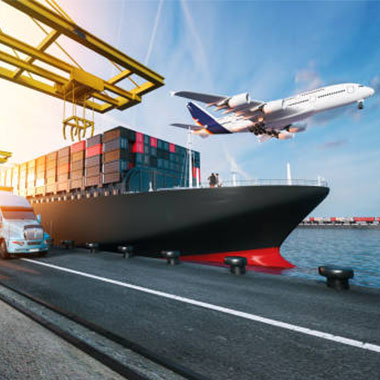
FAST Solutions
Learn more about the various logistics solutions that we cater to and offer our clients, as well as tech innovations, and service facilities
